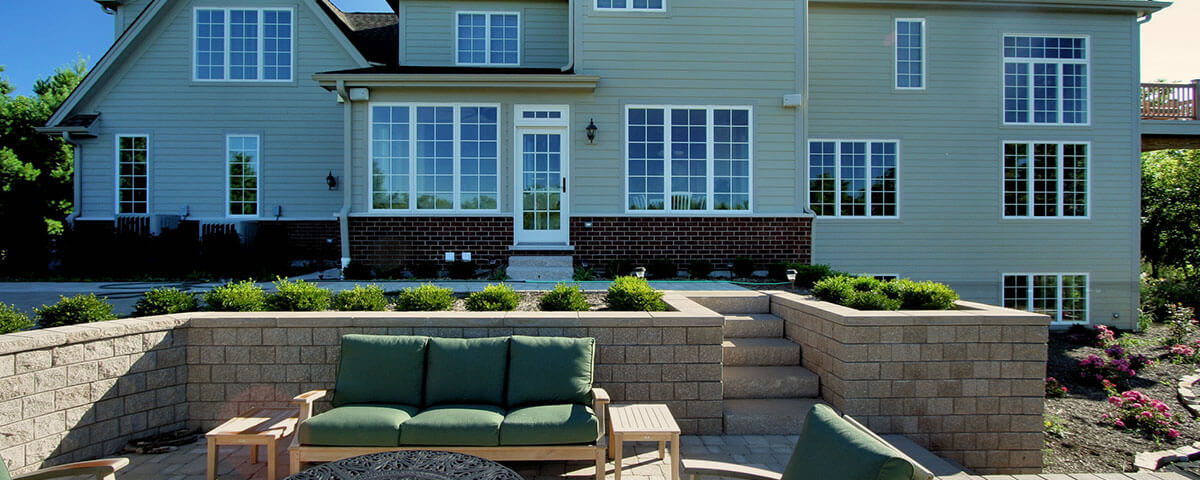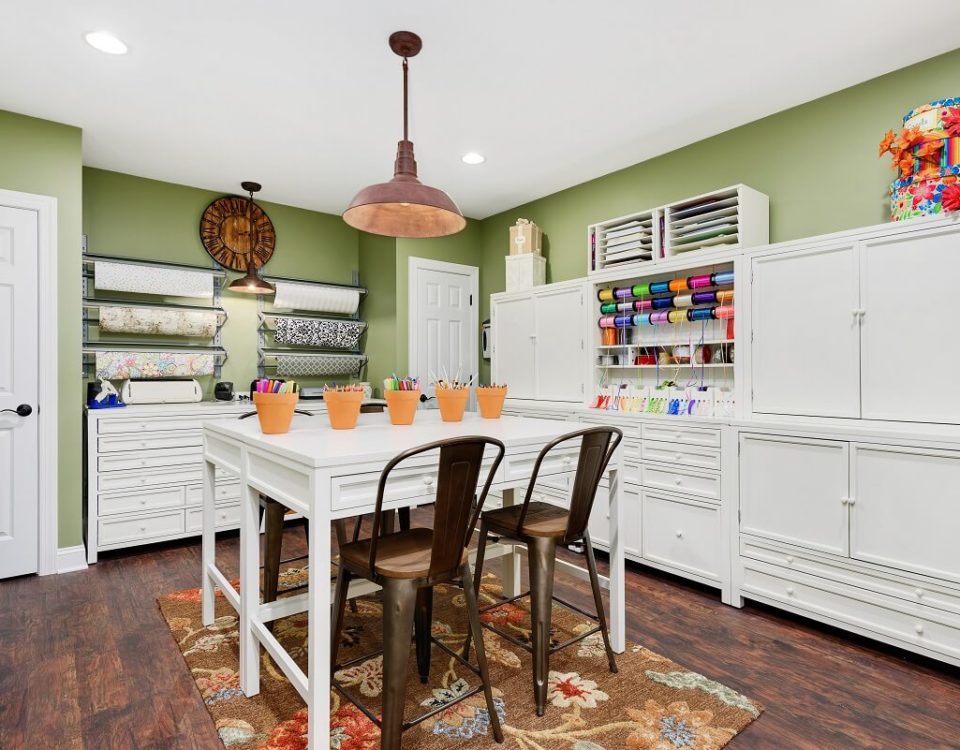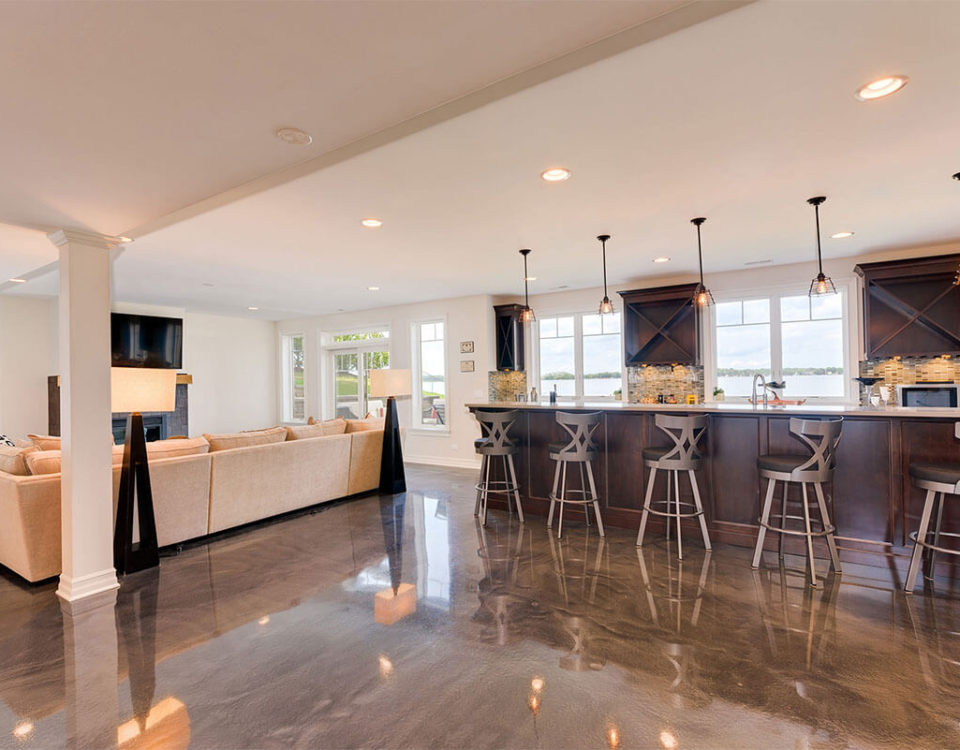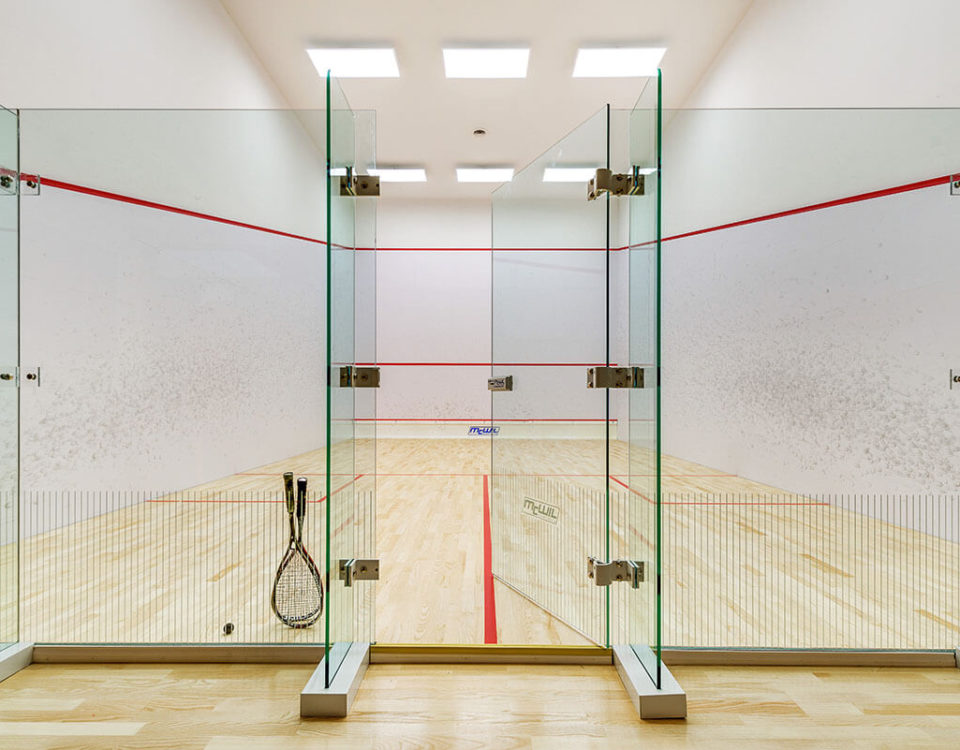Green Homes: Decrease Your Carbon Footprint and Increase Your Savings
In 2016, a wealth management consultant wrote about the growth of the green building market, and its environmental and economic impact. Since then, it is increasingly clear that modern building practices have shifted towards environmental sustainability. That direction is not likely to be reversed.
Indeed, green principles have become highly desirable. The National Association of Realtors estimates that more than 50 percent of buyers are interested in sustainable features, even if they have to pay more for them.
Reducing the energy consumption of home systems—heating and air conditioning, ventilation and lighting—and providing options so that homeowners can monitor and manage those systems are the most-frequently cited real estate trends, across all price ranges and in all regions.
The Consumer Technology Association (CTA) notes that home automation technology "can significantly reduce our carbon footprint—whether that's the household energy we use on our own or the carbon emissions our country produces," and potentially reduce total energy consumption by 10 percent, according to Gary Shapiro, president and CEO.
The home automation technology to control home systems, including temperature, circuit and lighting control, can be utilized onsite or from across the globe to not only make life easier and more efficient, but to reduce costs.
These are also the features that prospective buyers report they are willing to pay for. So, whether you are buying or planning to sell, such features represent a smart investment for the future.
Best Green Features
The most effective and cost-efficient green features to look at include:
- Energy-efficient appliances
- Water-saving faucets, plumbing fixtures, and landscaping irrigation
- Insulation ratings greater than code requirements
- Automated temperature controls
- Thermo-pane and low-E glazing for windows
- Modern lighting that utilizes "cool" and low-energy-use bulbs
- Expandable home automation hubs
Sustainability and Technology
In today's world, sustainability and technology go hand in hand. Although in some ways, green principles suggest a return to simpler times and more natural methods, the truth is that control and management of a home's integrated systems through modern technology represent a far more effective means of reducing consumption and reducing waste of natural resources like water and energy.
In terms of building materials, the emphasis is on renewable resources, locally-sourced materials, and healthier non-toxic options. Damaging health effects of some synthetic materials are well-documented, resource-depleting mining and forestry practices are being reversed, and the popularity of reclaimed and repurposed building materials is at an all-time high.
It all serves to benefit the environment, and a commitment to waste reduction, jobsite efficiencies, new uses for sustainable and recycled materials and buyer preferences fuel the trends.
Short-Term Benefits, Long-Term Value
In some cases, the immediate benefits are obvious. Reducing monthly energy bills through better insulation and more efficient heating and cooling is good for the homeowner. Lowering demand for electricity is beneficial for an industry charged with "keeping the lights on." And, in terms of global efforts, both serve to protect a fragile earth environment from further harm.
The same is true in terms of water savings, and the health benefits that accrue to a growing population by assuring that buildings that are safer and better environments cannot be underestimated.
The future direction of construction, according to U.S. Green Building Council COO Mahesh Ramanujam, is to assure that the "built environment" is better integrated with the natural environment, and contributes to lasting health and happiness of the individuals who live, work and study indoors.
It's a tall order, but one that cannot be evaded, he states, adding that there are many "specific things we can do to create a healthy world, both indoors and outdoors."
Finally, although green building principles are mandated in some parts of the nation and the world, there is still an element of personal choice involved. If you make that choice, you will not only have the benefits of lower bills and personal satisfaction, but you are also in a position to realize a positive financial return on your investment in the future. Now, that's a wise decision to make.
If you have questions about green homes please call us at 815.444.1239




